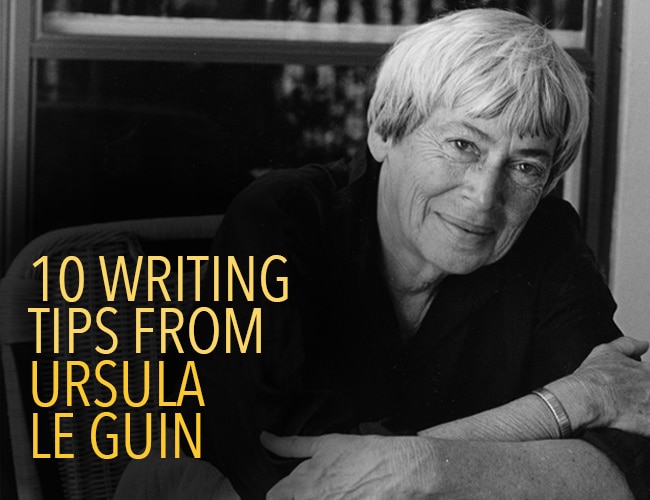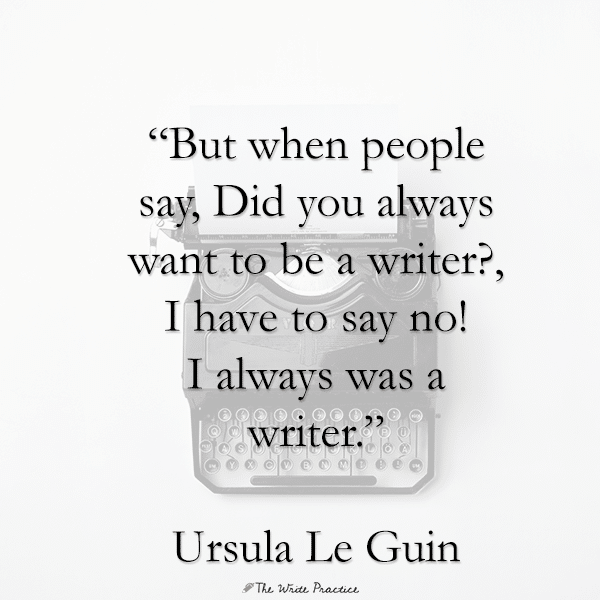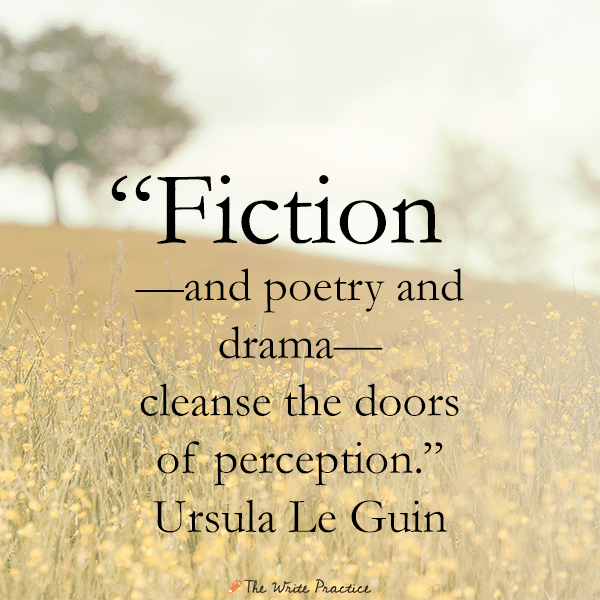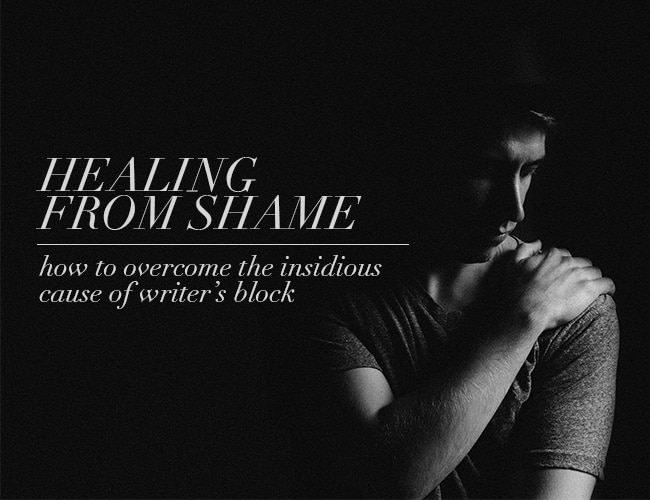Over the past week, an army of committed authors sat down to write at least 1,000 words, each and every day.

It’s been difficult. Some didn’t quite reach 1,000 each day. Some found that life didn’t respect their commitment at all.
For others, it was a success. They met the 1K benchmark, and some even tacked on thousands more, sharing their success in a Facebook group just for participants.
No matter how it went, everyone has one thing in common: They now have words on the page that weren’t there a week ago.
Yet few of those words are probably ready for readers. Most drafting, especially when done in haste, is sloppy or riddled with errors and inconsistencies.
Because it’s not “done,” we tend to make a HUGE mistake after a massive writing event, like the 7 Day Creative Writing Challenge or NaNoWriMo.
And this renders the whole process practically useless, unless we take an essential next step.
Don’t Put It Down
The worst thing any of us can do now is put our writing down for a few days.
Our old habits will return: We will let the busyness of life dictate when we “can” write.
Yet somehow, we found the time and energy to write for seven straight days! Why does that suddenly disappear when the challenge ends?
The truth is that our behavior changes when certain factors are at work, and the leaders behind the 7 Day Creative Writing Challenge were careful to implement them.
Yet when the challenge ends, those motivating factors disappear. We’re left to our own devices again, and our own devices are frequently distracted by chores, Netflix, and just about anything else.
We also tend to “wait” for inspiration, as if inspiration is a phone call from an old friend. Inspiration isn’t “out there” — it’s “in here,” in our hearts and minds!
And the 7 Day Creative Writing Challenge introduced several factors that inspired us to write, and to write again the next day. We probably didn’t even notice how they changed our behavior.
So if you want to see results, something needs to happen after the challenge. That way your new writing habit doesn’t fade away into the mist of life.
You need something from the challenge that won’t end when the challenge ends.
You need a community.
3 Essential Ways a Writing Community Inspires
When Joe Bunting launched the 7 Day Creative Writing Challenge, he did something that few of us probably noticed as significant: He invited everyone to join a community.
Specifically, he invited us to a Facebook group, due to its wide reach and ability to host discussions. He sent daily emails with hyperlinks that allowed us to complete surveys with our word counts.
He was with us. More than 1,175 other writers were with us. We were in a community.
Community is essential if we want to grow in our writing.
They provide three things that we cannot possibly get enough of on our own, the three things that will keep our writing habit strong for months and years to come.
1. Deadlines
Nothing motivates like a deadline.
If my writing goal is “to finish,” I can spend my lifetime dawdling along toward this goal.
But if my writing goal is “to finish by December 31, 2018,” then the clock is ticking! I have to plan ahead and execute to meet this deadline.
Deadlines provide concrete definitions of success and failure. Any goal without a deadline is merely a vague hope, and we can’t simply hope, however vaguely, that our writing will complete itself.
2. Prompts and Inspiration
Other writers tell stories that we can never imagine.
They also tell stories in ways and voices that aren’t native to us and our own style.
By listening to other storytellers read their work, and describe their process, we gain the benefit of an artist’s perspective that we could not possibly gain on our own.
And we gain insight into the craft of writing, too, when our community involves critiquing one another’s work. By reading the work, we can think of what we’d do differently, and by composing thoughtful criticism, we grow in our ability to serve other writers and ourselves with productive critique.
3. Encouragement
Making art is a lonely experience.
The vision is yours alone. The talent is yours. The creation process is often tedious, fruitless, and requires sacrifice.
But in a community, we know that we are not alone, nor do we have to be lonely. We can walk alongside other suffering soldiers. We can share our passion for an idea, or a character, or a social justice issue, and bring it to life with near-immediate feedback coming our way.
Healthy writing communities get authors going again when their art, or their personal lives, are exhausted and burnt out. I can’t tell you how many times the members of Becoming Writer, the amazing writing community here at The Write Practice, have shared details of their own struggles, and then were greeted with incredible compassion and love by their fellow storytellers.
We need each other. We need encouragement and kindness as we struggle against the forces of unkindness in this world, and the worlds we imagine.
We need community like we need cold, refreshing water on a hot, summer day.
Join a Community
There are many ways to join a writing community. MeetUp is a fantastic resource to meet like-minded individuals and writers in your area.
But when it comes to online writing community, there is nothing like Becoming Writer.
Every week in Becoming Writer, we post new material. Every week, we leave at least three critiques on other writers’ work.
And every member is taught how to use a critique method that is both helpful AND encouraging.
Becoming Writer isn’t strictly for posting our creative work, either. Members talk in a forum called “The Café” about their favorite books, writing contests, and clever tricks with grammar. They brag of their successes in the brand new “Pub,” a place to recruit beta readers, get help with query letters, and ask for Amazon reviews.
Becoming Writer is my writing community, and I hope it becomes yours. Learn more about this amazing community here.
No matter where you turn for writing community, turn somewhere. Don’t let your hard-earned words sit on the page, unshared and unloved. You deserve the blessing of creative comradery.
You are a writer.
You are not alone.
And there are many others like you, eager to join your side.
What do you plan to do to maintain your momentum from the 7 Day Creative Writing Challenge? Let us know in the comments.
PRACTICE
For fifteen minutes, take one of your projects (if you participated in the 7 Day Creative Writing Challenge, or NaNoWriMo in November 2017, use something from that event) and continue drafting it. Then briefly describe your writing community, and why it is helpful to you. When you’re done, share your writing in the comments below, and be sure to leave feedback for your fellow writers.
Thank you for reading, and remember: You, and your words, deserve a community!
The post Writing Community: 3 Critical Reasons Why Writers Need Community appeared first on The Write Practice.
from The Write Practice http://ift.tt/2rQzqkg



















